-
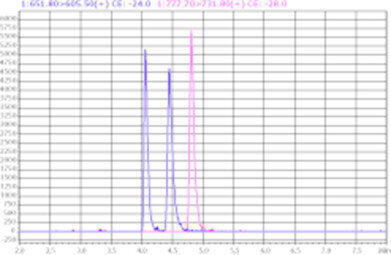 Figure 2. Representative LC-MS chromatogram of thyroid hormones in human serum with RPA online cartridge.
Figure 2. Representative LC-MS chromatogram of thyroid hormones in human serum with RPA online cartridge. -
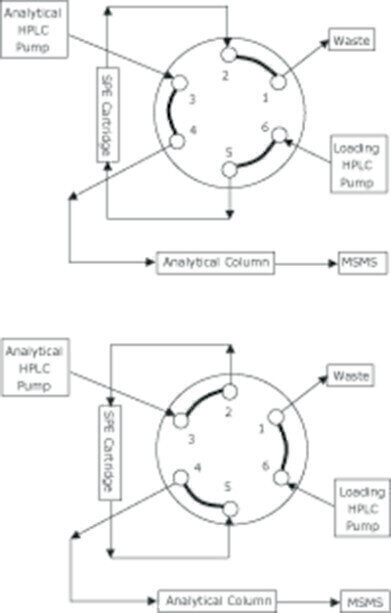 Figure 1. Configuration of the online SPE-LC-MS system.
Figure 1. Configuration of the online SPE-LC-MS system.
Mass Spectrometry & Spectroscopy
Online Solid Phase Extraction and LC-MS Analysis of Thyroid Hormones in Human Serum
Oct 16 2019
Introduction
Thyroid hormones play critical roles in the regulation of biological processes, such as: growth, metabolism, protein synthesis, and brain development. Specifically, both 3,3’,5,5’-tetraiodo-L-thyronine (thyroxine or T4) and 3,3’,5-triiodo-L-thyronine (T3), are essential for development and maintenance of normal physiological functions. For a clinical laboratory, measurements of total T4 and total T3, along with estimates of free T4 (FT4) and free T3 (FT3), are important for the diagnosis and monitoring of thyroid diseases. Most clinical laboratories measure thyroid hormones using immunoassays which offer a relatively rapid, high patient sample throughput that lends itself to automation, but are compromised by problems with assay interference and by changes in protein levels that alter the free hormone availability [1].
Liquid chromatography mass spectrometry (LC-MS) can offer superior specificity and speed over the immunoassays for determination of thyroid hormones in biological matrices such as serum and tissues. Nevertheless, the reported sample preparation procedures, typically liquid-liquid extraction followed by solid phase extraction (SPE), involve multiple time-consuming steps, and are less compatible with automation [2,3]. The present work demonstrates successful online SPE with LC-MS for rapid determination of T4, T3, and 3,3',5'-triiodo-L-thyronine (rT3) from biological matrices.
Experimental
Materials: Supel™ Genie C8 (results not shown) and RP-Amide (RPA) online cartridges (2 cm × 4.0 mm I.D.), human serum, protein precipitation solvent: methanol with 1% (w/v) ammonium formate.
Sample Processing Procedure: human serum spiked with analytes was protein precipitated by vortex mixing with the precipitation solvent at a 1:3 ratio. Then the mixture was centrifuged at 10,000 x g for 3 min and the resulting supernatant was collected and directly injected for LC-MS analysis.
Online SPE-LC-MS Setup: 6-port switching valve and two pumps; one for sample loading and washing, the other for sample elution. To minimise the potential peak broadening from the cartridges, the flow of sample loading/washing and the subsequent elution are in reversed directions (Figure 1).
Results and Discussion
Conventional (off-line) sample preparation by SPE typically involves multiple labour-intensive and time-consuming steps, including conditioning, sample loading, washing, elution, and finally evaporation and reconstitution of the sample in mobile phase. Supel™ Genie RPA online cartridges were developed to automate the sample preparation process, minimise hands-on time and human error, and reduce overall sample processing time. Figure 2 shows the representative LC-MS chromatograms of T3, rT3, and T4 spiked in human serum with RPA online cartridges. Human serum samples were protein precipitated with methanol containing ammonium formate, centrifuged and then directly injected for online SPE and LC-MS analysis. The sample loading/washing were carried out entirely by the instrument, without any hands-on effort eliminating time-consuming solvent evaporation and reconstitution steps.
Both C8 and RPA captured a trace amount (100 ng/mL x 2 μL in this case) of thyroid hormones from human serum. All three analytes were resolved from each other, with a peak width at half height <6s and tailing factor from 1.4-1.8 (Figure 2). The total run time was within 6 min.
Summary
An online SPE-LC-MS method has been developed for the rapid detection of thyroid hormones in human serum with minimal hands-on effort and time-consuming steps. Both C8 and RP-Amide online cartridges were capable of capturing a trace amount of analyte from protein precipitated human serum samples. All three analytes, T3, rT3 and T4 were resolved on a Biphenyl column, with sharp and symmetric peak shapes. In addition, reproducibility (%RSD) of the retention times of the thyroid hormones from 120 consecutive injections is between 0.1% and 0.2%, while the peak area reproducibility (%RSD) is between 5.1% and 7.7%. These RSD’s indicate great ruggedness of the online SPE-LC-MS system.
References
Kahric-Janicic N, Soldin SJ, Soldin OP, West T, Gu J, Jonklaas J, Tandem mass spectrometry improves the accuracy of free thyroxine measurements during pregnancy. Thyroid. 2007;17(4): 303-11.
Susan S-C. Taia, Lorna T. Sniegoski and Michael J. Welch, Candidate Reference Method for Total Thyroxine in Human Serum Use of Isotope-Dilution Liquid Chromatography-Mass Spectrometry with Electrospray Ionization. Clinical Chemistry, 2002; 48(4): 637-642.
Dongli Wang and Heather M. Stapleton, Analysis of thyroid hormones in serum by liquid chromatography-tandem mass spectrometry. Anal Bioanal Chem. 2010; 397(5): 1831–1839.
For the full article visit SigmaAldrich.com/analytix and see Issue 4.
Digital Edition
Lab Asia 31.2 April 2024
April 2024
In This Edition Chromatography Articles - Approaches to troubleshooting an SPE method for the analysis of oligonucleotides (pt i) - High-precision liquid flow processes demand full fluidic c...
View all digital editions
Events
Apr 22 2024 Marrakech, Morroco
Making Pharmaceuticals Exhibition & Conference
Apr 23 2024 Coventry, UK
Apr 23 2024 Kintex, South Korea
Apr 23 2024 Seoul, South Korea
Apr 24 2024 Jakarta, Indonesia
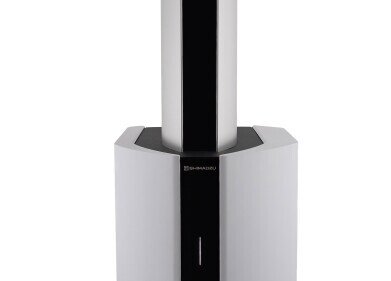
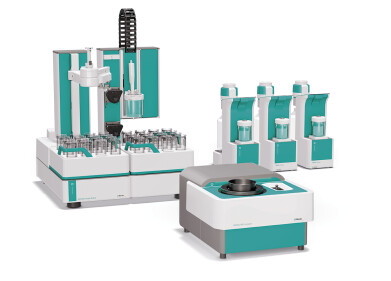
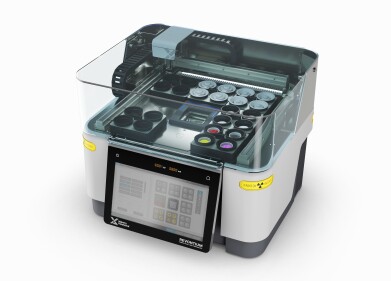
.jpg)













